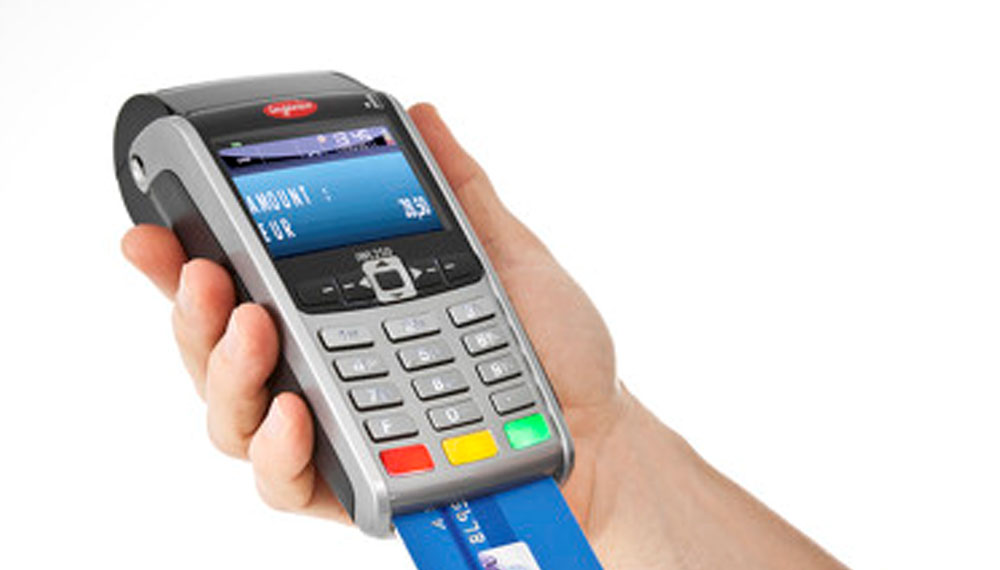“Ah! Another software catering to the exact same niche we market to!”, you grumble. “How can we possibly stand out in this space?”, you wonder with angst beginning set in.
In a market where new SaaS solutions are launched every day, it may seem nearly impossible to outshine the rest. Fortunately, there are many ways to gain ground.
One of them is offering integrated payment services that merchants and consumers have come to expect.
Gaining Competitive Ground with Integrated Payment Services
Just as the development and release of new SaaS solutions isn’t slowing down, the vast number of ways merchants can accept payments isn’t slowing down either. Think about all the ways payments can be taken with a point of sale software solution:
- In-person payments with an EMV-ready terminal
- Online payments via desktop, mobile device and in-app
- Payments through a hosted payment form connected to an online gateway
- Payments made with contactless payments functionality – a smartphone, tablet, smartwatch tied to a mobile wallet like Apple Pay and Android Pay is held in close proximity to a payment terminal to make a payment
- Scheduled recurring billing – used for monthly fees like gyms memberships, association dues, utility billing
Maybe even more important to note is that consumers expect a multi-channel payment experience that’s quick and seamless. This alone drives the expectation that your software delivers quick, seamless multiple payment channel functionality.
One Source for Advanced Payment Technology
Having an all-in-one payment technology partner like Constellation Payments – one point of contact for the gateway, the merchant account and software-integrated solutions – will not only streamline support and accelerate development for your software, it’ll eliminate multiple implementations and give your merchants overall greater control.
Consider these value-added solutions that have helped our Channel Partners increase convenience for their software users and their customers/members, and helped differentiate their software in the SaaS marketplace.
Tokenization
Our Channel Partners – EZFacility, eFit Financial, Member Solutions and 123Signup – use our tokenization service as part of their software offering. Rather than having their software users input their member’s credit or bank draft account each and every month for membership or association dues – and leave that data at greater risk of being stolen – they utilize tokenization.
Tokenization substitutes a token (a long string of random numbers) for valuable private information, like a bank account number or a cardholder’s credit card number. The token has no value whatsoever. When a transaction takes place, merchants never see the customer’s sensitive financial info – only the token.
Not only does tokenization secure data from external and internal theft, it also reduces a merchant’s PCI scope because the merchant doesn’t store the sensitive data themselves. This means less questions on the annual PCI survey too for merchants.
Global Payment Capabilities
Over the past year, we’ve expanded our global payment connections significantly. As of this writing, we provide merchant services in the US, Canada, Europe, United Kingdom, Australia, New Zealand, Philippines and Malaysia.
That means that software providers whose platform is integrated with the Constellation Payments platform can extend their market reach and continue growing their business by expanding into new geographies.
In the coming months, we’re integrating with additional processors in even more countries including: Brazil, Mexico, Singapore, Sri Lanka, Hong Kong, Laos, Kuala Lumpur, UAE and Saudi Arabia.
Again, having a single-source technology partner, like Constellation Payments, enables you to immediately extend your reach globally and therefore set yourself apart from other software providers.
Integrated Terminals
Some of our Channel Partners’ customers run Fitness facilities, Martial Arts schools and hair salons – requiring the need to make in-person transactions at the front desk.
At Constellation Payments, we provide integrated terminals that are EMV-ready (enable users to accept chip cards) and configured specifically to process transactions that flow through the POS modules within the Channel Partner’s software. This means that there is point of sale synchronization – no need to manually enter the data into the point of sale software and into the terminal.
Integrated terminals also isolate a business from PCI scope because no customer card data is passed through the point of sale software. Integrated terminals are configured to communicate directly with the processor by a dedicated Internet connection.
As you see from this short list, partnering with Constellation Payments gives you a host of integrated payment solutions to choose from. Give your customers what they want and need to efficiently run their business – and communicate that value to your prospective software users – you’ll be well on your way to outshining the competition.
Stay tuned for our next post where we’ll cover even more integrated payment services that can help your software gain a competitive advantage in the marketplace.
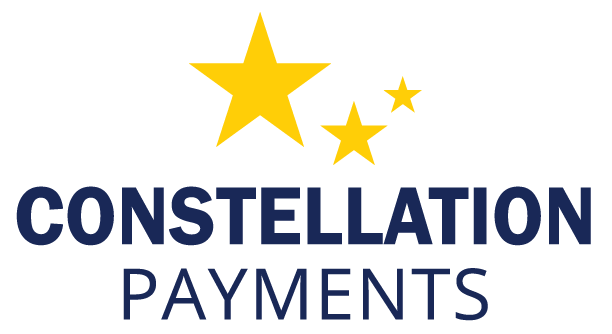
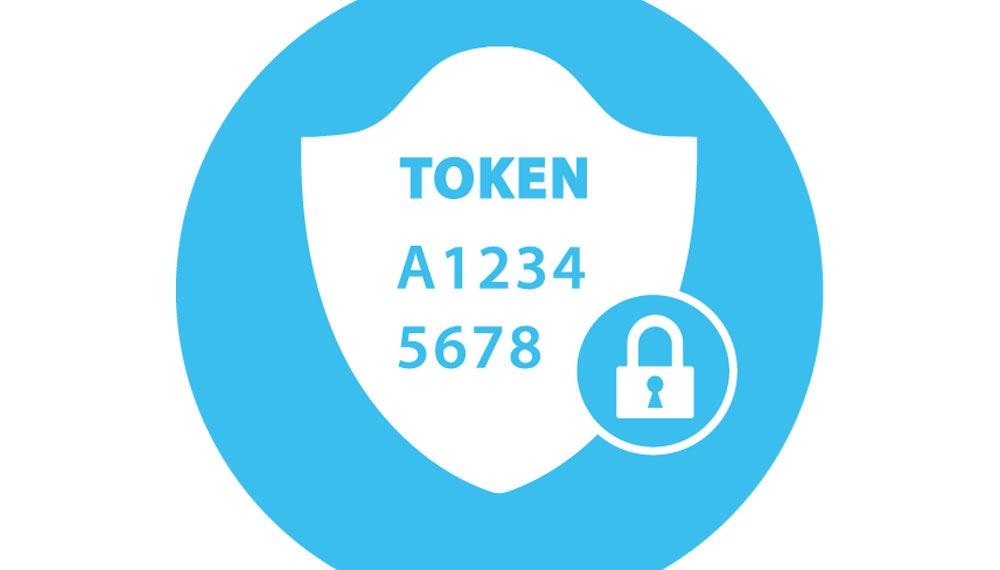
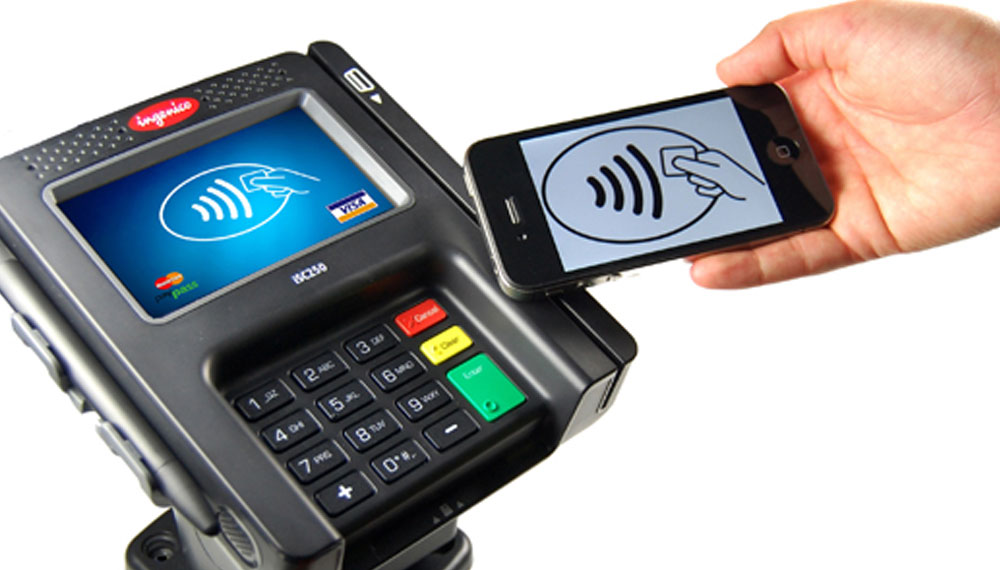
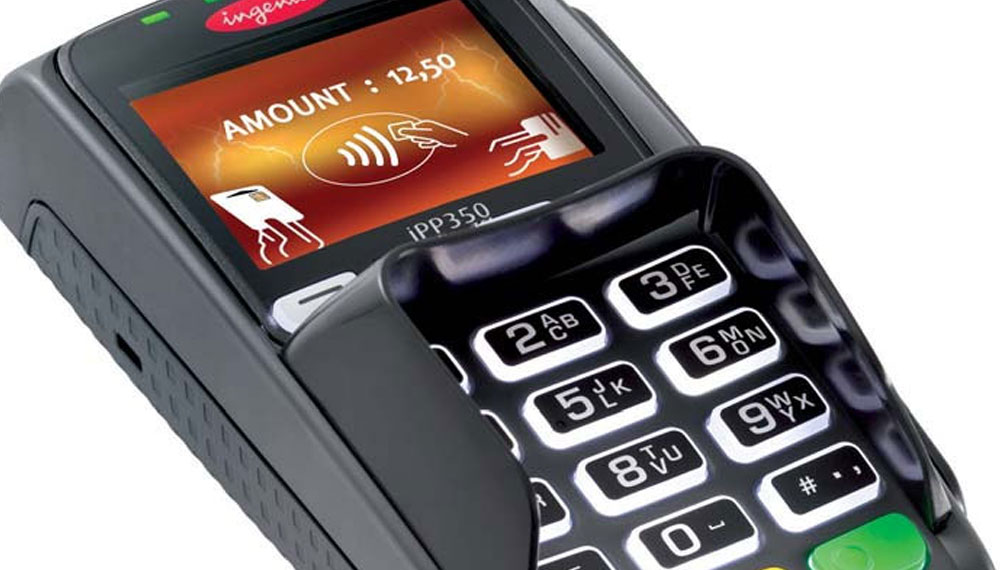
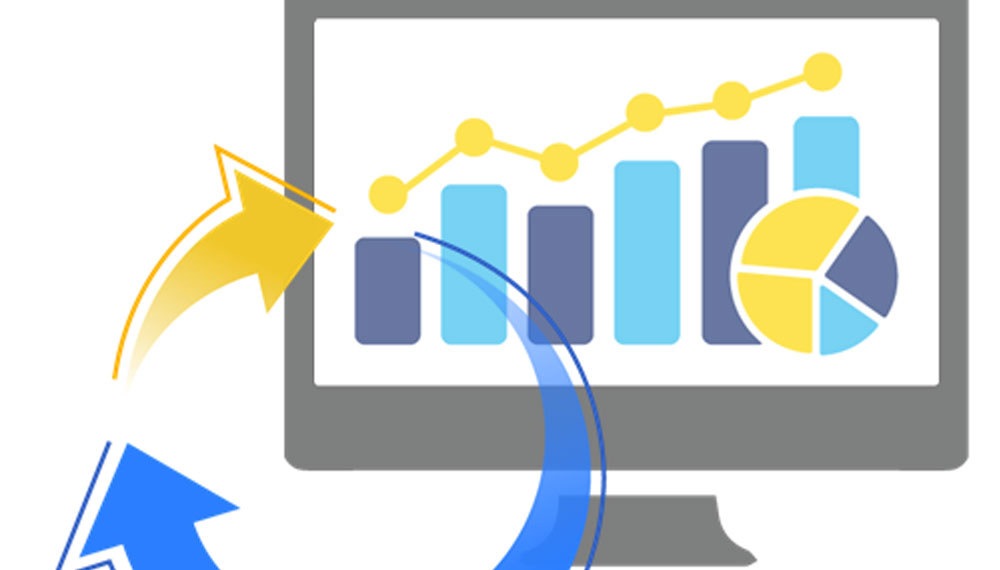
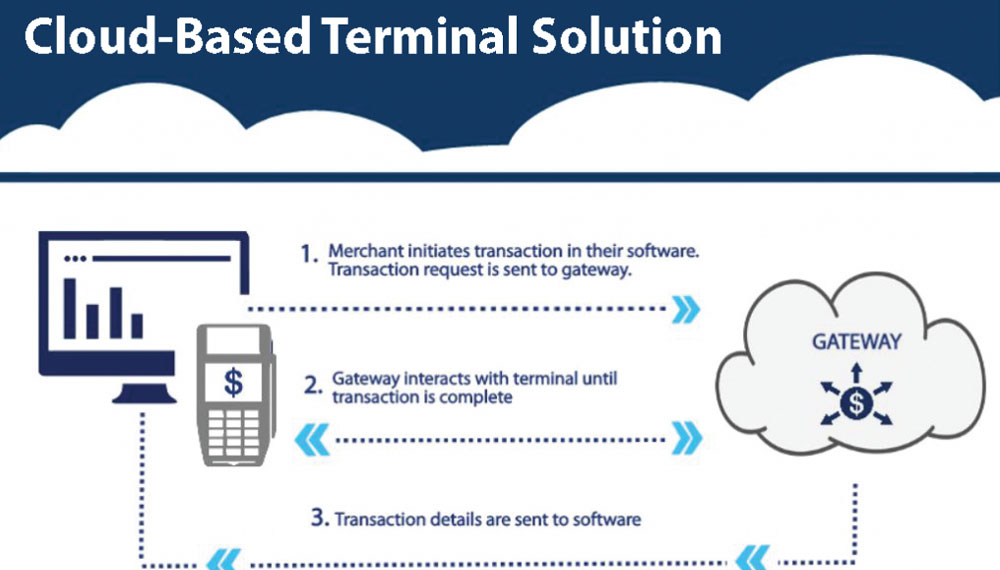


 Get Our Best Advice Sent to Your Inbox!
Get Our Best Advice Sent to Your Inbox!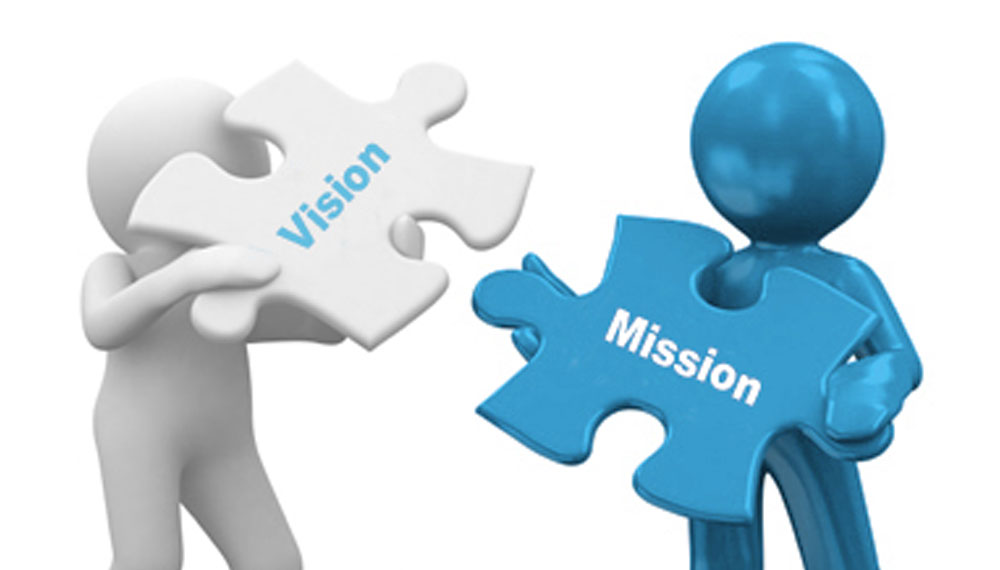
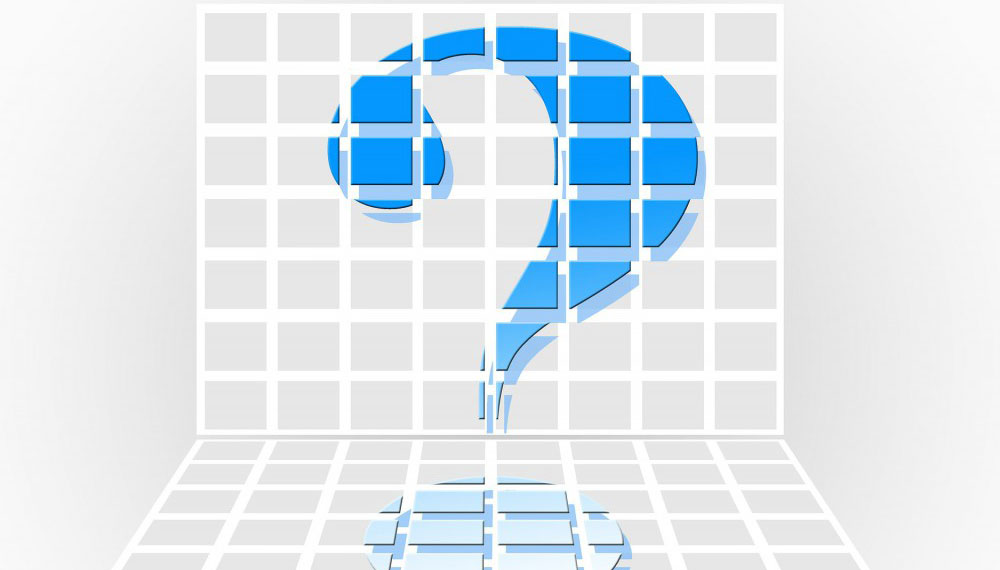
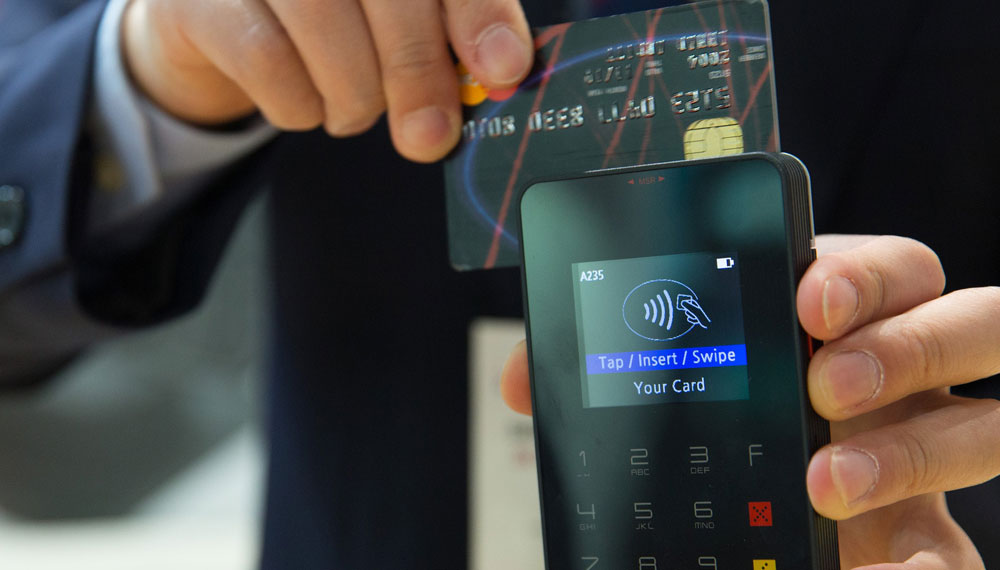
 Connect with Constellation Payments
Connect with Constellation Payments